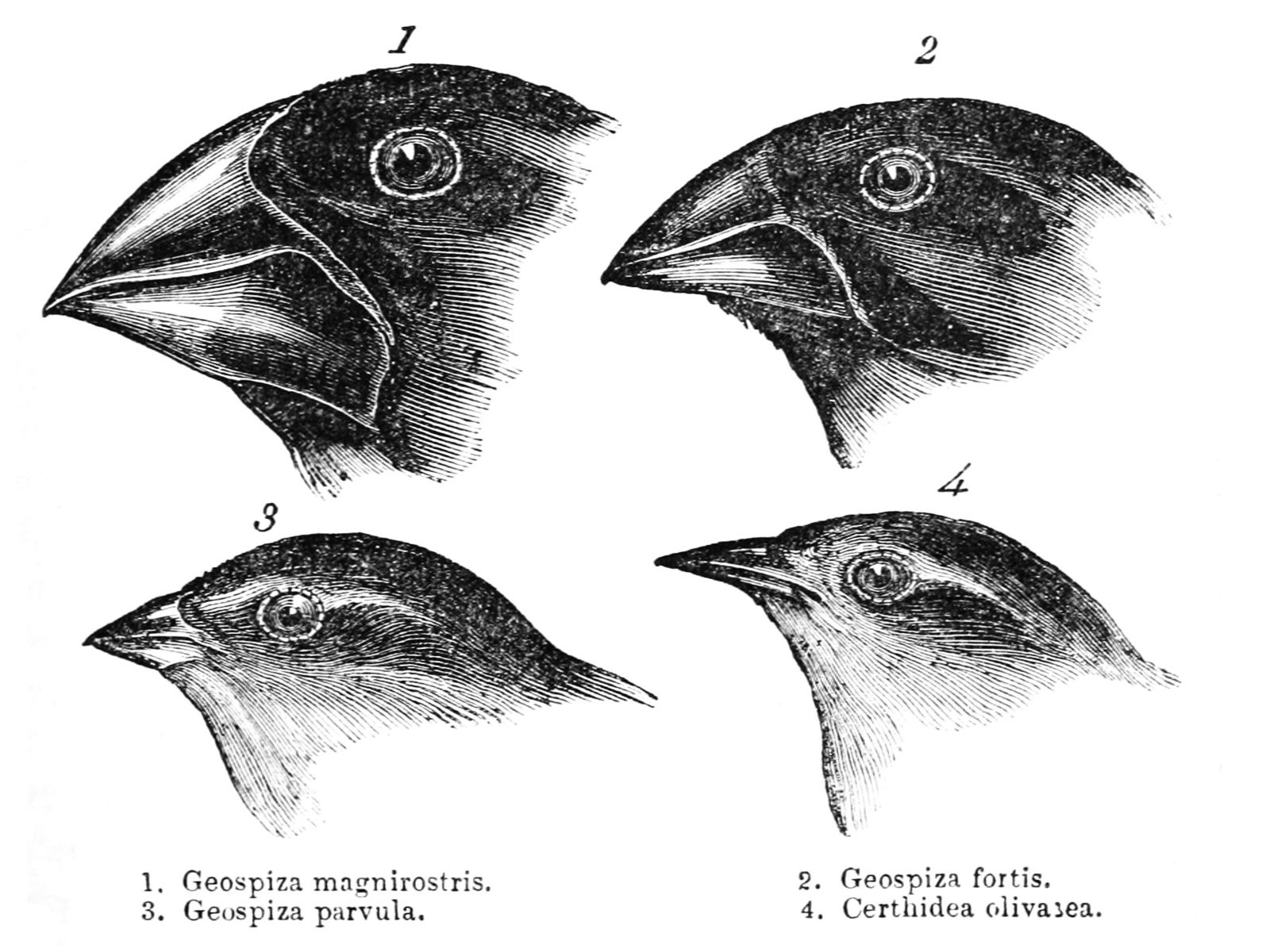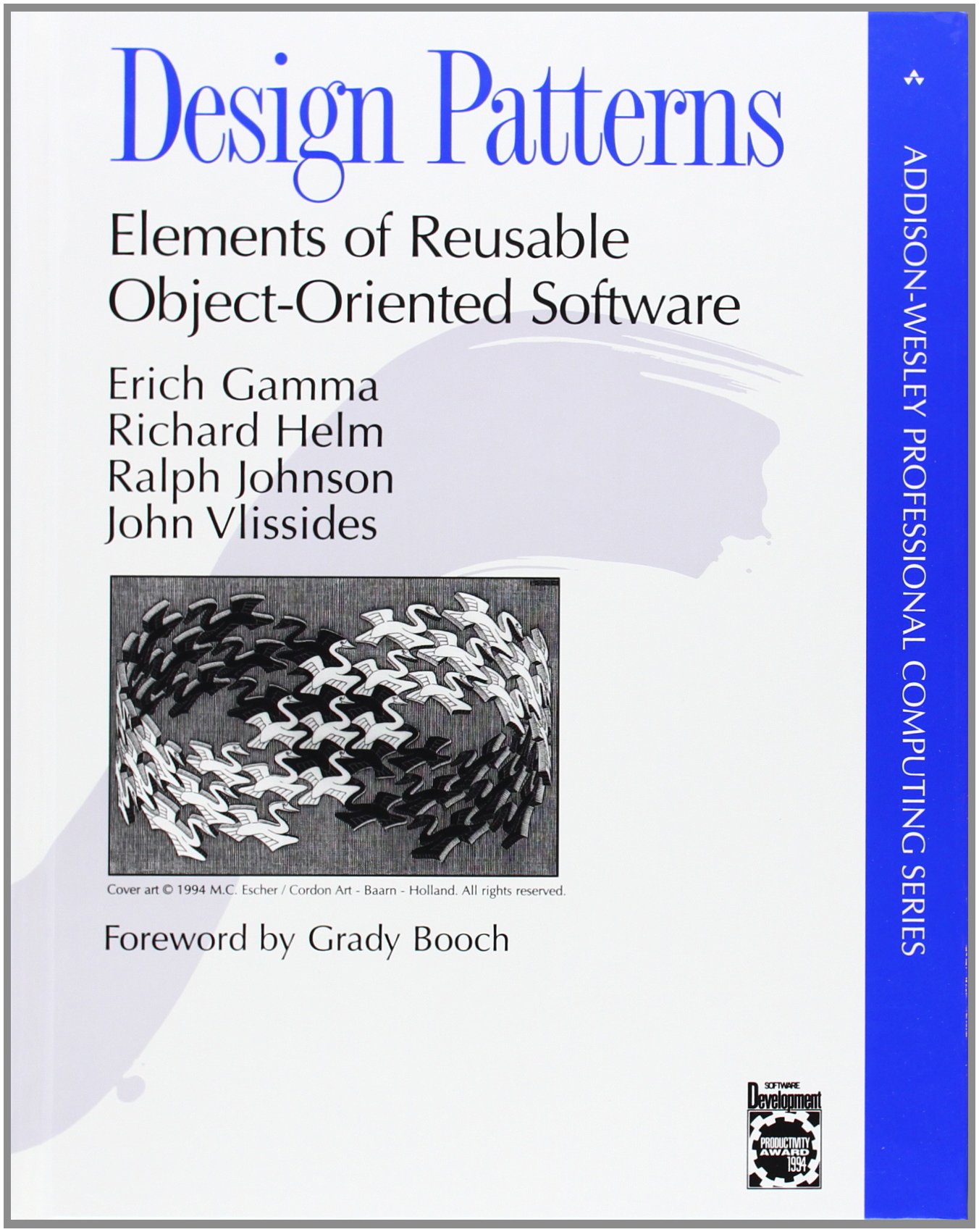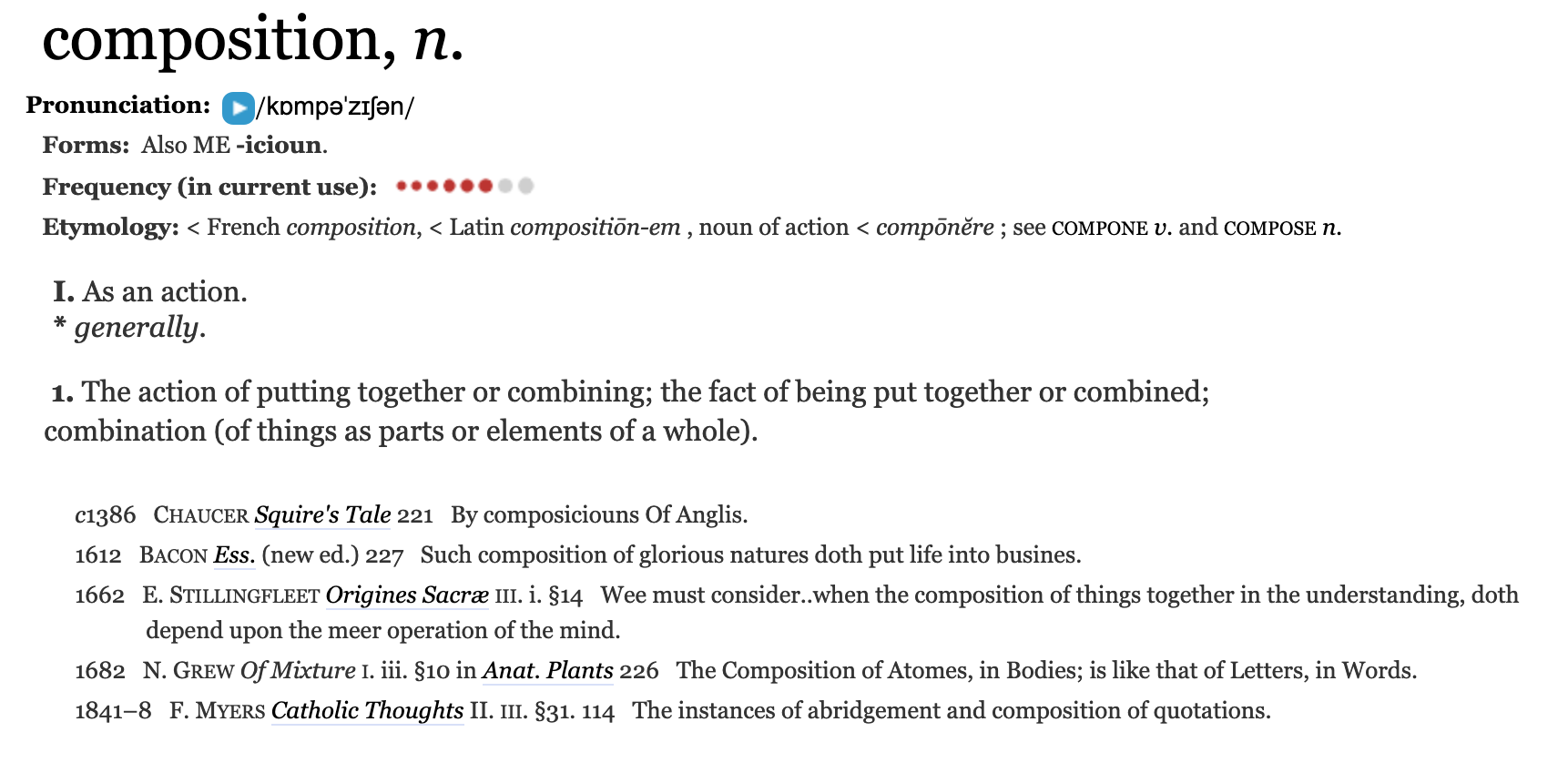class Post():
def __init__(self, creator):
self.creator = creator
class Tweet(Post):
def retweet(self):
print("retweeted by " + self.creator)
class Snap(Post):
def expire(self):
print("expired snap by " + self.creator)
snap = Snap("edsu")
snap.expire()Inheritance & Composition
Patterns for Code Reuse
Introduction
Object-Oriented "Patterns"
Object-Oriented (OO) software design is a huge topic
Thinking about designing software offers an opportunity to apply craft in what we are building
Today will just look at two patterns as examples of OO design:
Inheritance
Composition
Inheritance


How Inheritance Works
Declare a parent-child relationship between two classes
The relationship is declared on the child class (the subclass)
Declare the name of the parent as an argument in the class definition
All features of the parent are automatically available on the child class
New features can be added or changed (overridden) on the child class
When Inheritance Makes Sense
Most useful when there is significant overlap between classes
Main benefit comes from avoiding duplicate code
Without substantial shared functionality, inheritance may not pay off
Subclassing in Action
Consider this example, what will be the result of lines 13-14?
ANSWER: expired snap by edsu
Subclassing in Action
In this example, note how the initialization method can use a keyword argument to create an instance of the Tweet. What will be the result?
class Post():
def __init__(self, creator):
self.creator = creator
class Tweet(Post):
def retweet(self):
print("retweeted by " + self.creator)
class Snap(Post):
def expire(self):
print("expired snap by " + self.creator)
tweet = Tweet(creator="edsu")
tweet.retweet()ANSWER: retweeted by edsu
Methods are not Shared Among Siblings
What will happen in this example?
class Post():
def __init__(self, creator):
self.creator = creator
class Tweet(Post):
def retweet(self):
print("retweeted by " + self.creator)
class Snap(Post):
def expire(self):
print("expired snap by " + self.creator)
tweet = Tweet(creator="edsu")
tweet.expire()ANSWER: AttributeError: 'Tweet' object has no attribute 'expire'
Parent’s Methods are Shared
class Post():
def __init__(self, creator):
self.creator = creator
def delete(self):
print("post deleted by " + self.creator)
class Tweet(Post):
def retweet(self):
print("retweeted by " + self.creator)
class Snap(Post):
def expire(self):
print("expired snap by " + self.creator)
tweet = Tweet(creator="edsu")
tweet.delete()post deleted by edsu
Overriding Methods
In some cases you may need/want to redefine a method or attribute from the parent class. This is known as overriding a method.
class Post():
def __init__(self, creator):
self.creator = creator
def update(self):
print("post updated by " + self.creator)
class Tweet(Post):
def update(self):
print("you can never update tweets!")
class Snap(Post):
def expire(self):
print("expired snap by " + self.creator)
tweet = Tweet(creator="edsu")
tweet.update()you can never update tweets!
Composition
Things are Made from Other Things

Ingredients of a Pizza
crust
toppings
cheese
sauce
Composition in Action
Observe how the attributes work here.
class Topping():
def __init__(self, name, num_pieces):
self.name = name
self.num_pieces = num_pieces
topping = Topping("pepperoni", 25)
print(topping)<main.Topping object at 0x10c6374e0>
Composition in Action
Now let’s create a class Pizza that can contain Toppings:
class Pizza():
def __init__(self):
self.toppings = []
def add_topping(self, topping):
self.toppings.append(topping)
pizza = Pizza()
print(pizza)<main.Pizza object at 0x10c6374e0>
Composition in Action
We can make the Pizza and Topping classes work together.
class Pizza():
def __init__(self):
self.toppings = []
def add_topping(self, topping):
self.toppings.append(topping)
class Topping():
def __init__(self, name, num_pieces):
self.name = name
self.num_pieces = num_pieces
pizza = Pizza()
pizza.add_topping(Topping("pepperoni", 18))
pizza.add_topping(Topping("mushrooms", 12))
pizza.add_topping(Topping("green peppers", 15))
print(pizza.toppings)[<main.Topping object at 0x10c9ae748>, <main.Topping object at 0x10c9aea58>, <main.Topping object at 0x10c9aea90>]
Composition in Action
Remember "magic" methods? A useful one is repr, which controls how things print.
class Topping():
def __init__(self, name, num_pieces):
self.name = name
self.num_pieces = num_pieces
def __repr__(self):
return "{} pieces of {}".format(self.num_pieces, self.name))
pizza = Pizza()
pizza.add_topping(Topping("pepperoni", 18))
pizza.add_topping(Topping("mushrooms", 12))
pizza.add_topping(Topping("green peppers", 15))
print(pizza.toppings)18 pieces of pepperoni, 12 pieces of mushrooms, 15 pieces of green peppers
Composition in Action
Let’s define a method on Pizza that "reads" its toppings. What will be the result?
class Pizza():
""" ... imagine init and add_topping are the same as before ... """
def num_pieces(self):
count = 0
for topping in self.toppings:
count += topping.num_pieces
return count
pizza = Pizza()
pizza.add_topping(Topping("pepperoni", 18))
pizza.add_topping(Topping("mushrooms", 12))
pizza.add_topping(Topping("green peppers", 15))
print(pizza.num_toppings())45
Conclusion
Summary
Today we dipped a toe into the topic of OO Patterns.
We learned about Inheritance, which is useful for defining related classes with shared functionality.
We also learned about Composition, which is useful for defining objects that will be contained by other objects.



